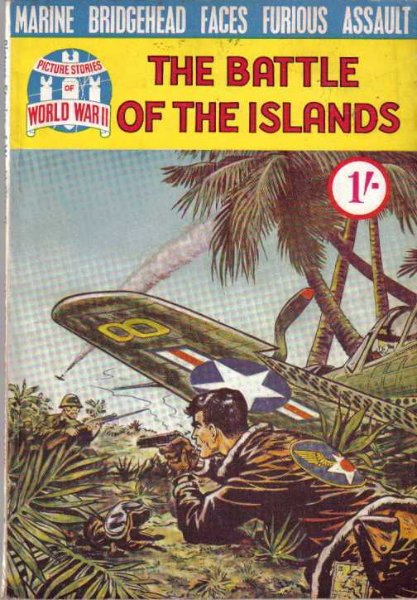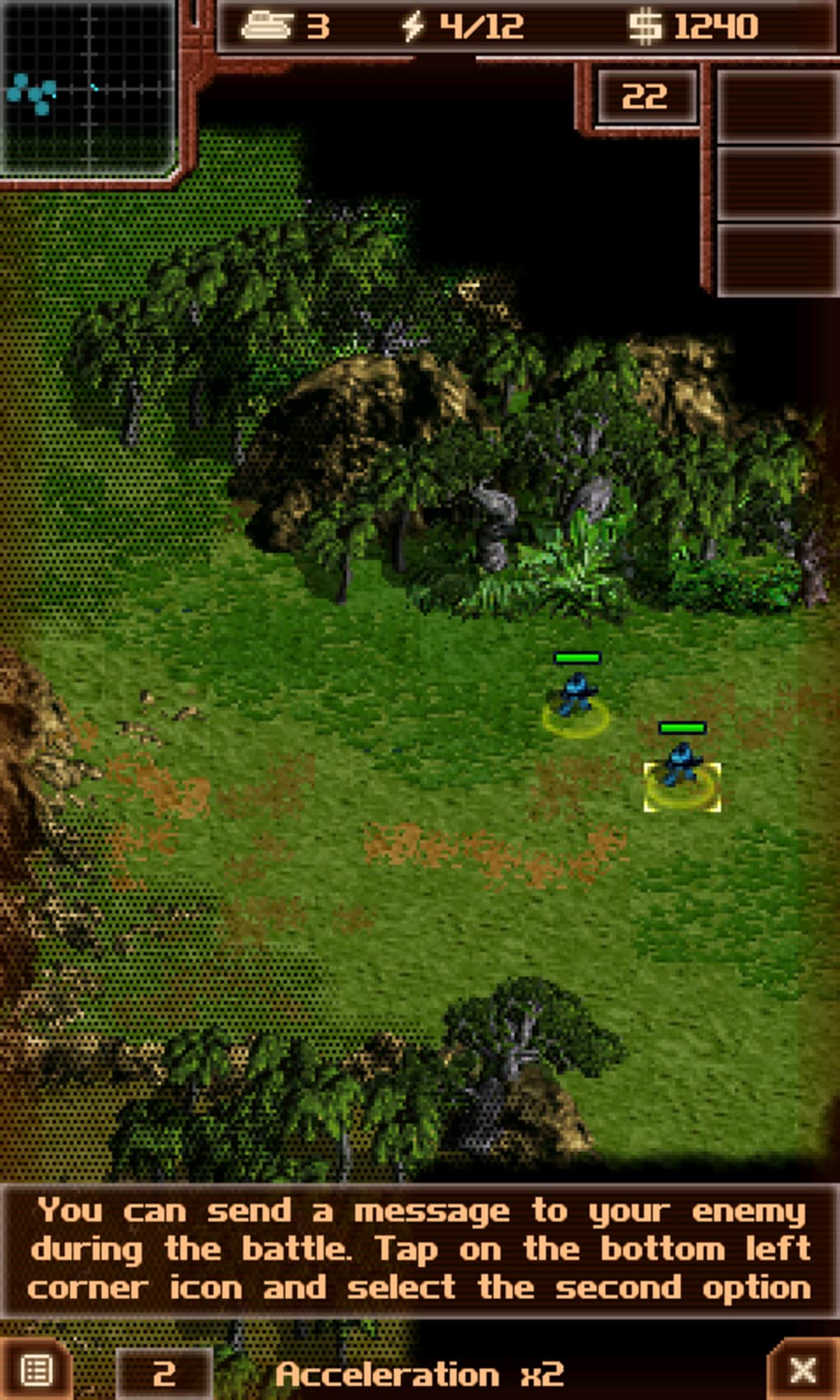

But Tu Mu and Ho Shih explain it as “to make good plans” - for the future.ĥ. Then no man, however wise, will be able to avert the consequences that must ensue.įollowing Tu Yu, I understand 善 in the sense of “to make good,” i.e. Now, when your weapons are dulled, your ardour damped, your strength exhausted and your treasure spent, other chieftains will spring up to take advantage of your extremity. also the following from the 戰國策: 將軍久暴露於外 “General, you have long been exposed to all weathers.”Ĥ. 久暴師 means literally, “If there is long exposure of the army.” Of 暴 in this sense K‘ang Hsi cites an instance from the biography of 竇融 Tou Jung in the Hou Han Shu, where the commentary defines it by 露. Again, if the campaign is protracted, the resources of the State will not be equal to the strain. If you lay siege to a town, you will exhaust your strength.Īs synonyms to 屈 are given 盡, 殫, 窮 and 困.ģ. Both in this place and in § 4, the T‘ung Tien and Yü Lan read 頓 (in the sense of “to injure”) instead of 鈍. The Yü Lan omits 勝 but though 勝久 is certainly a bold phrase, it is more likely to be right than not. When you engage in actual fighting, if victory is long in coming, the men’s weapons will grow dull and their ardour will be damped. Calthrop adds: “You have the instruments of victory,” which he seems to get from the first five characters of the next sentence.Ģ. Such is the cost of raising an army of 100,000 men.Ĭapt. As the Chinese have never possessed gold coins, it is incorrect to translate it “1000 pieces of gold.” 千金, like 千里 above, is meant to suggest a large but indefinite number. The second 費, which is redundant, is omitted in the Yü Lan. Calthrop it is omitted, so that he is led to give this meaningless translation of the opening sentence: “Now the requirements of War are such that we need 1,000 chariots,” etc. 則, which follows 糧 in the textus receptus, is important as indicating the apodosis. The expenditure at home and at the front, including entertainment of guests, small items such as glue and paint,and sums spent on chariots and armour, will reach the total of a thousand ounces of silver per day. The length may have varied slightly since Sun Tzŭ’s time. With provisions enough to carry them a thousand li,Ģ.78 modern li go to a mile. With regard to the numbers given here, we are informed that each swift chariot was accompanied by 75 footmen, and each heavy chariot by 25 footmen, so that the whole army would be divided up into a thousand battalions, each consisting of two chariots and a hundred men. In each case, the war-chariot was the important factor, forming as it did the nucleus round which was grouped a certain number of foot-soldiers. It is interesting to note the analogies between early Chinese warfare and that of the Homeric Greeks.

Calthrop translates “chariots” and “supply wagons” respectively, but is not supported by any commentator.

Li Ch‘üan, it is true, says that the latter were light, but this seems hardly probable. The 馳車 were lightly built and, according to Chang Yü, used for the attack the 革車 were heavier, and designed for purposes of defence. Sun Tzŭ said: In the operations of war, where there are in the field a thousand swift chariots, as many heavy chariots, and a hundred thousand mail-clad soldiers,

Ts‘ao Kung has the note: 欲戰必先算其費務 “He who wishes to fight must first count the cost,” which prepares us for the discovery that the subject of the chapter is not what we might expect from the title, but is primarily a consideration of ways and means.ġ.


 0 kommentar(er)
0 kommentar(er)
